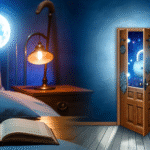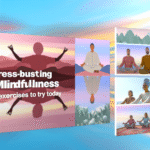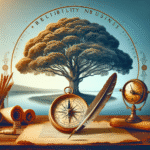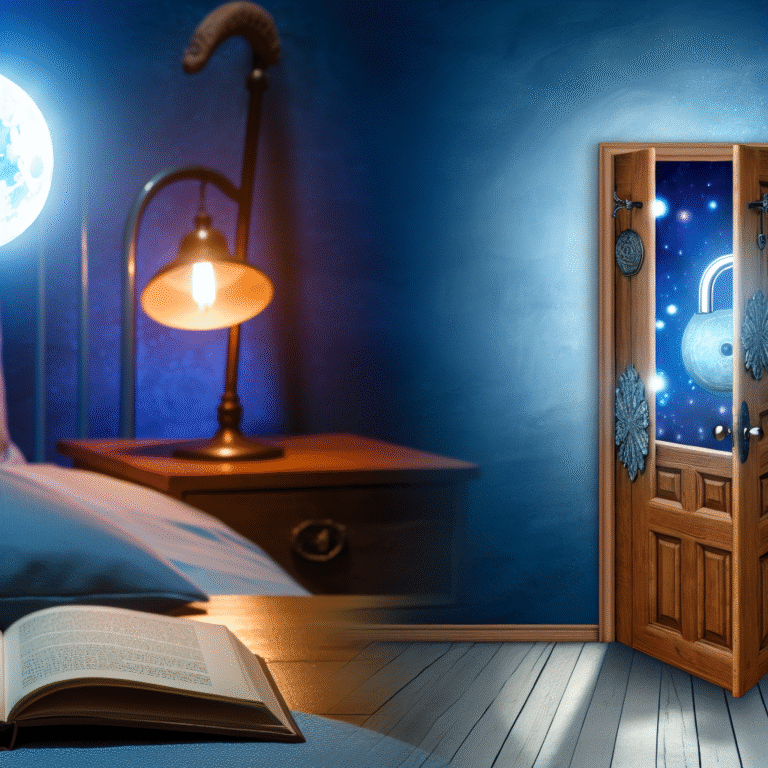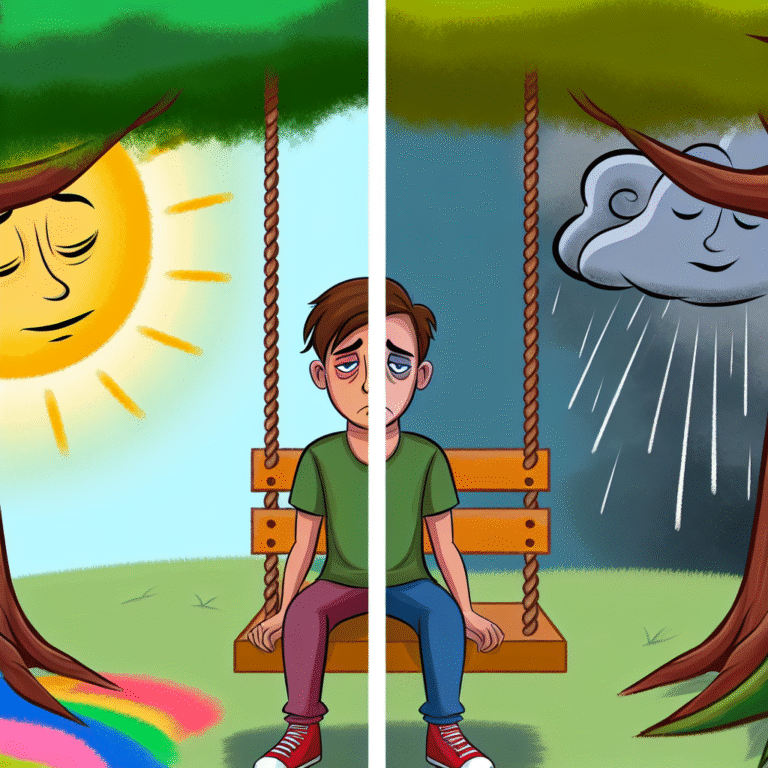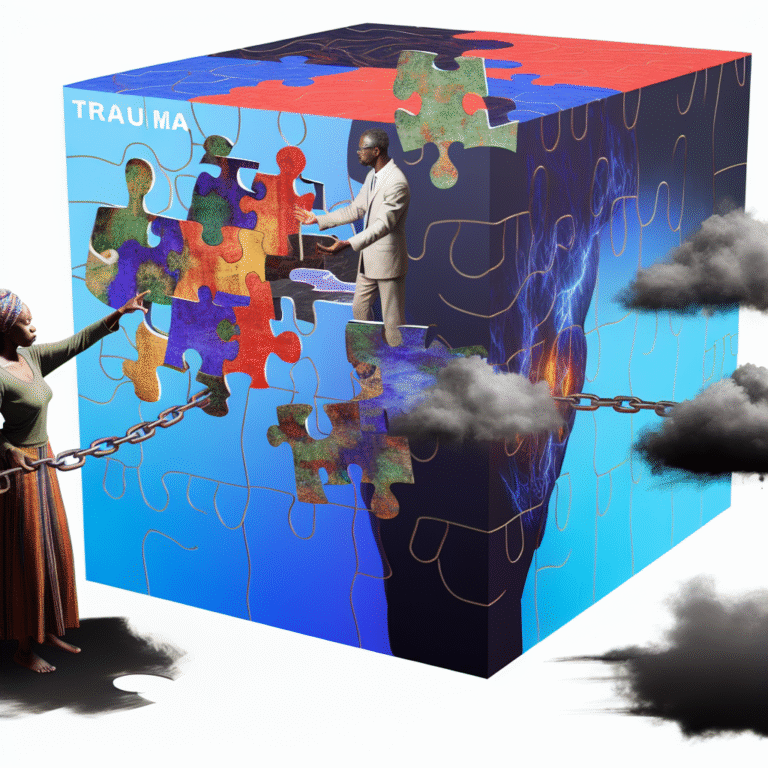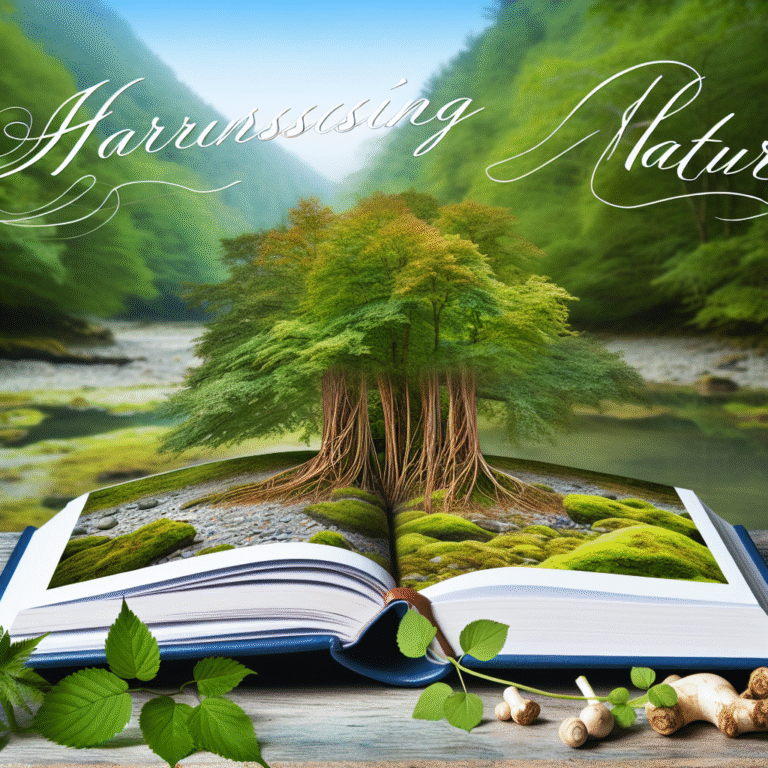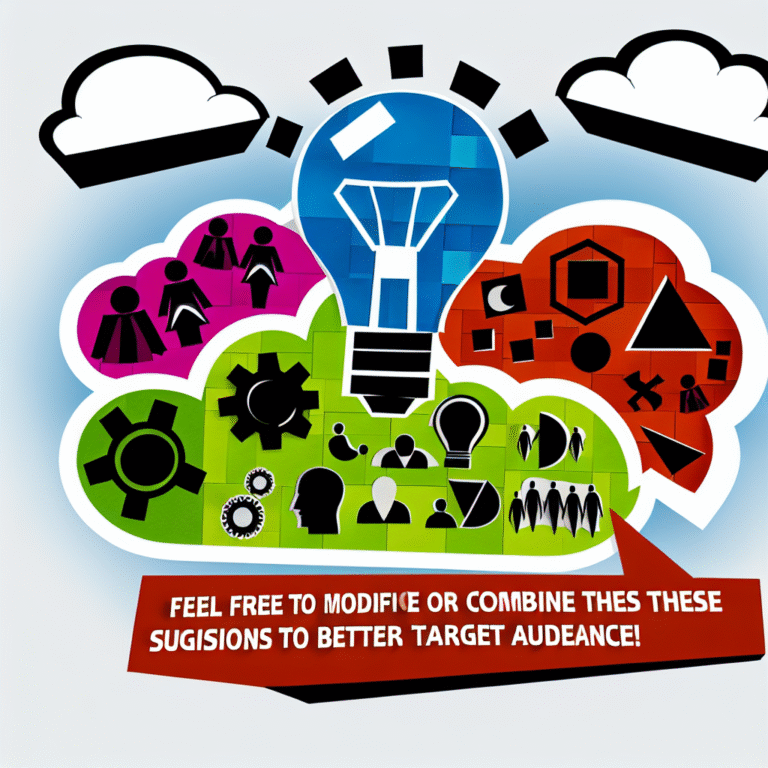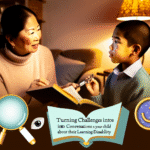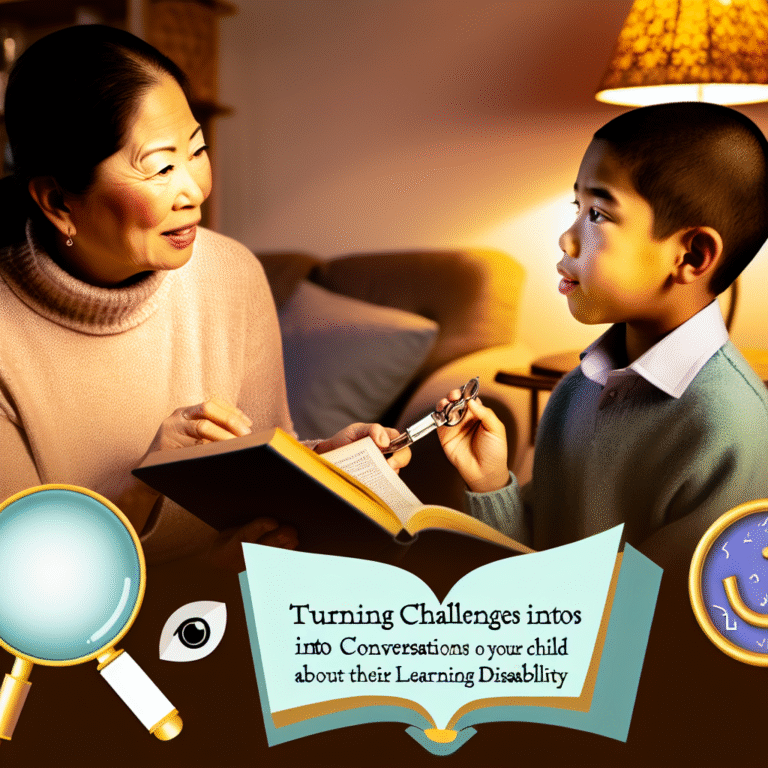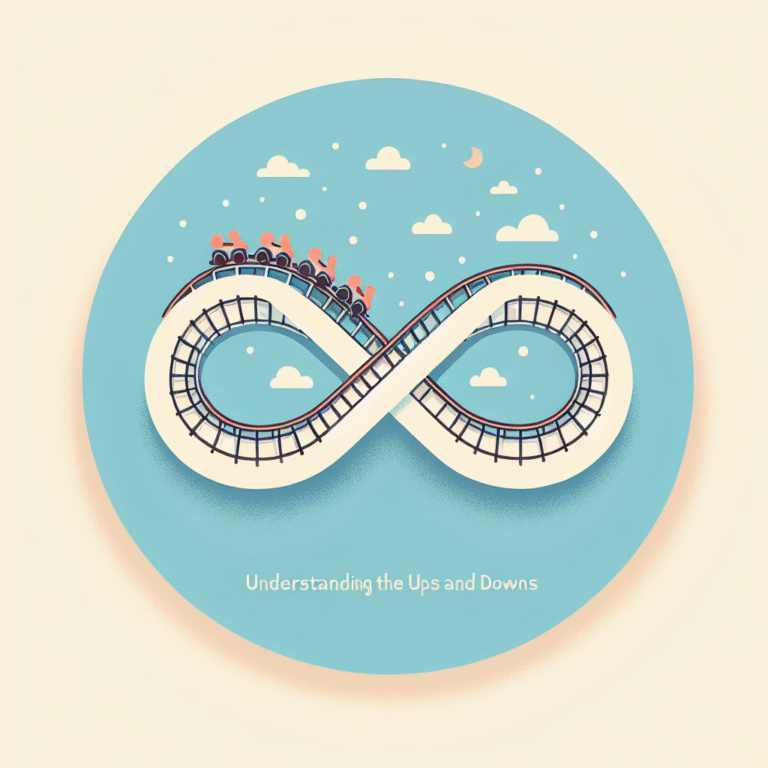
Art as Medicine: Essential Therapeutic Activities to Alleviate Anxiety
Introduction
In a fast-paced world increasingly filled with anxieties—from the stress of daily work life to the overarching concerns surrounding global issues—finding effective ways to cope has become essential. Enter the intersection of creativity and healing: Art as Medicine: Therapeutic Activities to Alleviate Anxiety. The power of art goes beyond mere aesthetics; it serves as a vital tool for mental health, offering individuals a pathway to express their emotions, understand their feelings, and ultimately alleviate anxiety.
Imagine a moment when colors smudge together fluidly on canvas, or a softly played tune resonates deeply within your heart. Such creative expressions not only provide momentary escape but can also foster personal reflection and emotional release. By ongoing exploration of therapeutic activities rooted in art, we can unlock greater resilience against anxiety. This article will take you through compelling insights, transformative activities, and real-world case studies that illuminate how art serves as an essential medicine for the anxious mind.
Understanding Anxiety: A Brief Overview
Before diving into specific therapeutic activities, it’s vital to grasp what anxiety is. Anxiety can manifest as a relentless worry, overwhelming fear, or a feeling of apprehension. While it’s a normal response to stress, it can spiral into debilitating conditions like generalized anxiety disorder or panic disorder.
The Role of Art in Mental Health
Art therapy has emerged as a promising avenue in mental health treatment. Grounded in the principles of psychology and creative expression, art therapy enables individuals to explore their emotions and experiences in a safe environment.
Research indicates that engaging in artistic activities can lead to reduced symptoms of anxiety and depression. A study published in the American Journal of Public Health found that participants engaging in arts programs reported significant improvements in emotional well-being.
Art as Medicine: Therapeutic Activities to Alleviate Anxiety
1. Journaling: The Power of Written Expression
Journaling remains one of the most accessible methods of utilizing art as a therapeutic activity. By putting pen to paper, individuals can articulate their thoughts and emotions, gaining clarity and understanding.
Case Study: The Therapeutic Effects of Journaling
A 2015 study conducted by the University of California revealed that individuals who journaled about their feelings/external pressures reported a 35% decline in anxiety symptoms over just three weeks.
Benefits of Journaling:
- Encourages self-exploration
- Provides a medium for reflection
- Allows for the expression of complex emotions
2. Creative Visualization: The Canvas of Imagination
Creative Visualization combines imagination and artistic expression. In this practice, individuals picture a calming image or scenario and, with the aid of art supplies, bring it to life.
Case Study: Artistic Visualization Techniques
A study by the University of Bergen in Norway demonstrated that participants who practiced creative visualization combined with drawing experienced a 50% reduction in anxiety levels during stressful situations.
Benefits of Creative Visualization:
- Trains the mind to envision peaceful environments
- Reduces the impact of anxiety triggers
- Can be easily integrated into daily routines
3. Painting and Drawing: Bringing Emotions to the Surface
Painting and drawing provide a tactile form of expression. Using various materials, individuals can create art that represents their mental states or feelings.
Case Study: Healing through Painting
A community center in Portland ran a 6-month program where participants engaged in weekly painting sessions. Feedback revealed that 80% of participants felt significantly less anxious after the classes, with many expressing a newfound clarity in their emotional states.
Benefits of Painting and Drawing:
- Allows for non-verbal expression
- Activates various brain regions, creating a sense of calm
- Provides a constructive outlet for emotions
4. Music Therapy: The Sound of Healing
Music therapy has shown profound effects in alleviating anxiety. Whether it’s playing an instrument, singing, or listening, engagement with music fosters emotional release.
Case Study: The Effects of Music on Anxiety
A study by the University of Queensland found that patients who engaged in music therapy experienced a 25% reduction in anxiety during their treatment compared to those who received standard care.
Benefits of Music Therapy:
- Can soothe frazzled nerves
- Fosters emotional connection
- Triggers the release of serotonin, promoting happiness
5. Dance and Movement: Expressing Emotions Physically
Dance, as a form of expressive movement, can liberate individuals from pent-up emotions. It combines physical activity and creative expression to alleviate anxiety.
Case Study: The Freedom of Dance
In a notable program in New York, participants who attended weekly dance therapy sessions reported a 70% decrease in feelings of anxiety and related symptoms.
Benefits of Dance and Movement:
- Promotes physical well-being
- Releases endorphins, the body’s natural mood enhancers
- Encourages mindfulness through physical presence
Harnessing the Benefits of Community Art Programs
Community art programs, whether through local centers or digital platforms, provide added support to individuals exploring Art as Medicine: Therapeutic Activities to Alleviate Anxiety.
Key Advantages of Community Programs:
- Fosters social connections
- Provides a shared space for emotional exploration
- Offers a sense of belonging and understanding
Tips for Incorporating Art into Your Daily Life
- Set Aside Time: Dedicate a specific time each week for artistic activities.
- Create a Safe Space: Designate a relaxing area in your home that encourages creativity.
- Explore Different Mediums: Don’t hesitate to experiment with different forms of art, from digital to traditional.
- Join Workshops: Participate in community workshops or online courses focused on therapeutic art.
Conclusion
In the journey to mitigate anxiety, the realm of creativity stands as a powerful ally. By exploring Art as Medicine: Therapeutic Activities to Alleviate Anxiety, individuals can unlock deeper connections with their emotions while embracing paths toward emotional wellness. Whether through painting, journaling, or engaging in music, art offers multifaceted solutions that encourage healing.
Take a moment today to engage in a creative activity, whether it’s picking up a brush, tapping to a rhythm, or simply writing down your thoughts. Remember, in the chaotic dance of life, a splash of creativity can serve as profound medicine for the anxious soul.
FAQs
1. Can art therapy replace traditional therapy for anxiety?
While art therapy can be a powerful complement to traditional counseling, it should not replace it. It’s essential to work with a licensed therapist when facing significant anxiety issues.
2. How much time should I dedicate to art activities?
Even short, dedicated sessions of 15-30 minutes can be effective. The key is consistency rather than duration.
3. Do I need to be skilled in art to benefit?
Not at all! The therapeutic value of art lies in the process, not in the outcome. You don’t need to be a professional artist to reap its benefits.
4. Can children benefit from art in alleviating anxiety?
Yes! Engaging children in art activities can help them express their emotions and manage anxiety effectively in a gentle manner.
5. What if I’m hesitant to start?
It’s normal to feel hesitant! Start small. Perhaps begin with guided online tutorials or simply doodle in a notebook to ease into it.
By embracing the arts as a form of medicine, we not only explore deeper facets of ourselves but foster healthier minds and a more profound understanding of our emotional landscapes. Start your journey into therapeutic art today and unlock your potential for healing.
